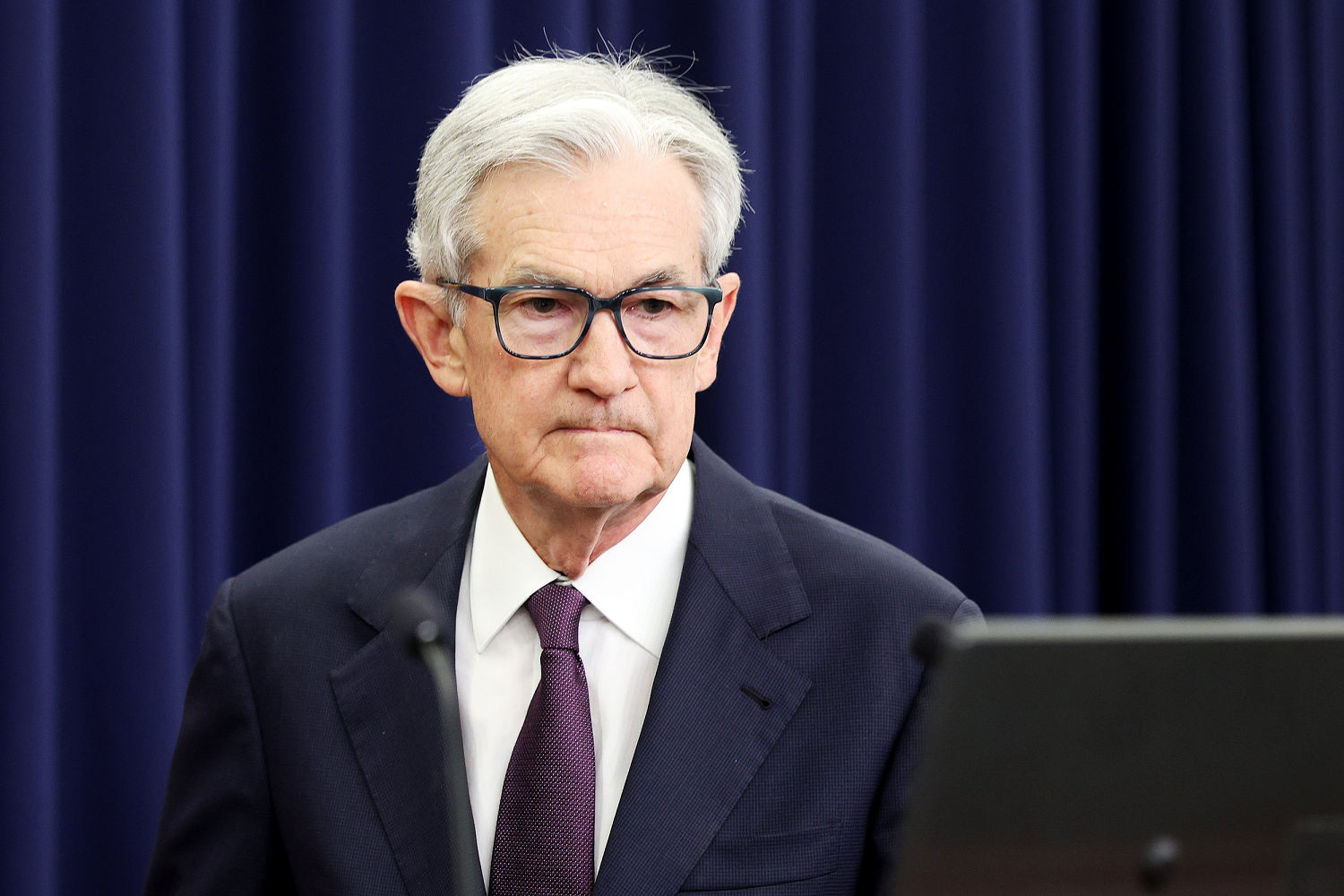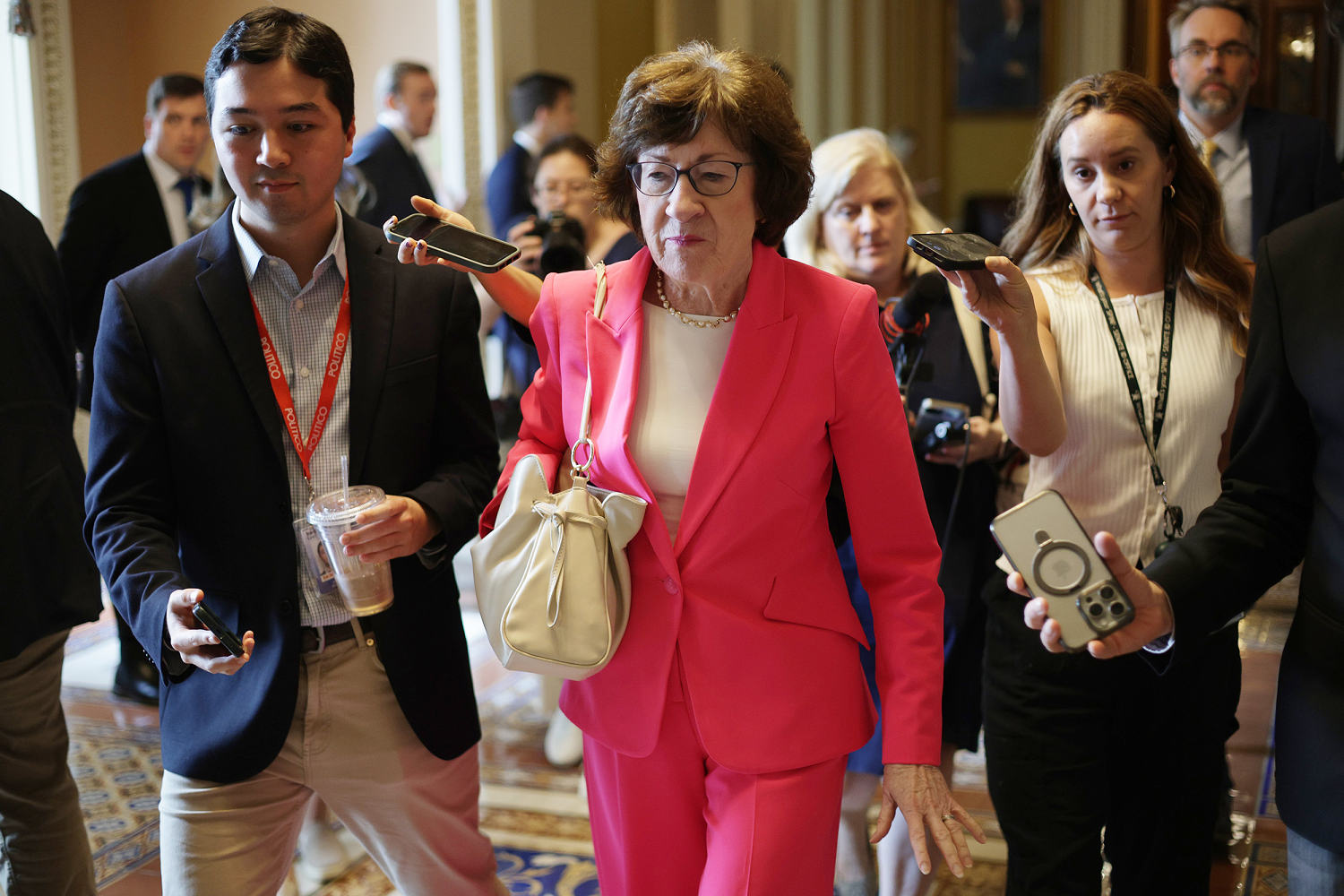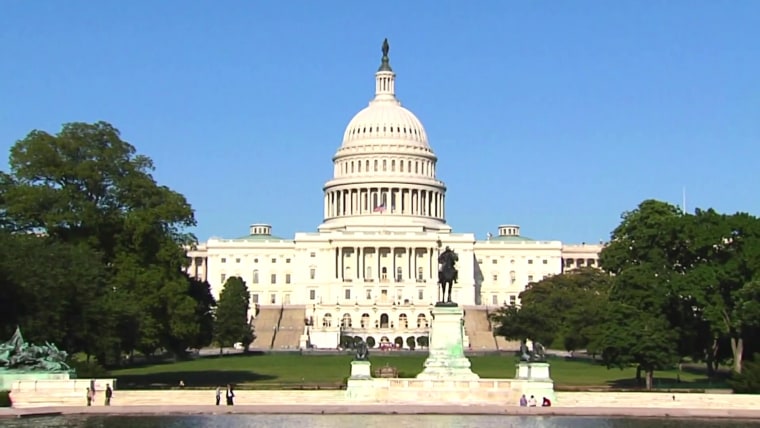Federal Reserve Chair Jerome Powell testifies amid Trump attacks over interest rates


President Donald Trump wants the Federal Reserve to cut interest rates. Fed Chair Jerome Powell says that cannot happen yet.
Those two competing visions collided Tuesday as Powell defended the central bank’s decision to stand pat since the start of the year, speaking during regularly scheduled testimony to the Republican-controlled House Financial Services Committee.
At issue is the state of the U.S. economy — and where it’s heading. Recent data shows inflation has come down dramatically from the high rates seen during the Biden administration, while the unemployment rate has begun to creep higher.
In such a scenario, the Federal Reserve, which is charged by Congress with keeping both inflation and unemployment low, would tend to lower its benchmark interest rate to encourage more borrowing and increase economic activity, allowing more workers to be hired.
That’s what Trump and others in his administration have wanted to see — and have repeatedly hammered Powell on his refusal to do so. The president resumed his campaign against Powell overnight Tuesday, doubling down in a social media post on his ongoing assertion that there was “no inflation” in the economy, which was otherwise doing “great.”
He said Powell should lower rates now and can raise them later if inflation starts to pick up.
William J. Pulte, the director of the Federal Housing Finance Agency and another vocal Powell critic, joined the chorus in an X post Tuesday that the Fed chair’s rate decisions have not been based on data, but rather on his “politicization of the Fed,” and are thus “dangerous.”
“Powell’s policies hurt real people who work good & hard, and are just trying to pay their car loans, credit cards, & mortgages,” said Pulte, who was previously a housing executive and investor.
Powell acknowledged the potential toll of higher rates in his remarks Tuesday. But, he said, the threat of worsening inflation, plus the uncertainty Trump has generated through his trade war and immigration policies, are causing the Fed to adopt a wait-and-see approach.
While tariffs tend to create a one-time price-growth episode, Powell said in his prepared remarks, the Fed is obligated to prevent it from evolving into “an ongoing inflation problem.”
In response to questioning from Rep. Bill Huizenga, R-Mich., Powell acknowledged that while current data readings showed subdued inflation, “all professional forecasters,” both inside and outside the Fed, anticipate an uptick in the pace of price growth later this year.
The rate of inflation remains above the Fed’s 2% target, Powell said, and policymakers expect their preferred inflation measure to have picked up in May from 2.5% to 2.6%.
Many economists now see the economy as heading toward the worst of both worlds, with both inflation and unemployment trending higher. It’s what is often referred to as stagflation, and it can reduce people’s purchasing power and drag down the U.S. economy.
“Higher oil prices, higher tariffs, and restrictions on immigration are putting downward pressure on GDP growth and upward pressure on inflation,” Apollo Global Management financial group chief economist Torsten Slok said in a note Tuesday, referring to gross domestic product, adding that “Lower GDP growth and higher inflation is the definition of stagflation.”




